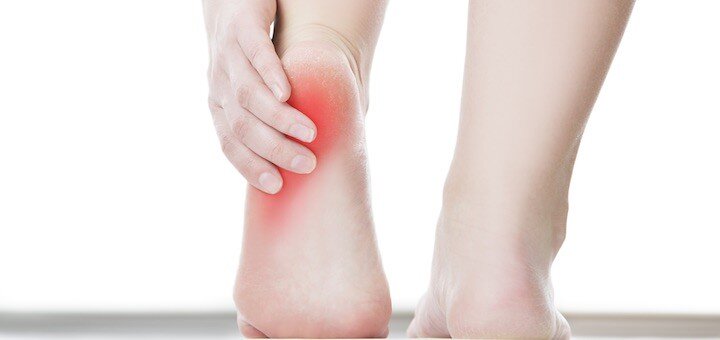I Think I Have Plantar Fasciitis...

So, what can you do about this nagging pain?
Physical therapy has been proven in many clinically-controlled studies to help to expedite the recovery of those dealing with plantar fasciitis. This includes manual therapy consisting of soft-tissue and joint mobilizations, stretching and exercises to improve calf mobility/flexibility, plantar fascia targeted stretching, taping to decrease excessive pronation of the foot, the use of night splints for those dealing with pain in the morning, and the use of foot orthotics to help support the arch or cushion the heel with walking. The good news is that these are all things we can offer you at Paulseth PT. If you have recently increased the amount you are walking and running for exercise as we remain sheltered at home and your heel has become a problem, don’t hesitate to reach out to us. We remain open to help you in anyway that can we can to get you back to your walking and running routine!
What is plantar fasciitis?
Plantar fasciitis is the most common foot condition that individuals will seek medical help for every year. As many as 10% of individuals will deal with this issue over the course of their life. The plantar fascia is a connective tissue on the sole of the foot that is primarily responsible for supporting the arch of the foot. When this tissue becomes an issue it can often cause sharp pain in the heel after periods of inactivity. People will often associate the condition with sharp pains in the heel first thing in the morning. There are many risk factors that leave an individual susceptible to this issue. These include individuals with a higher body mass index, higher arches, limited ankle range of motion, those who participate in higher impact activities such as running or those who spend more time on their feet while working.
We hope you continue to stay safe and healthy during these trying times!


